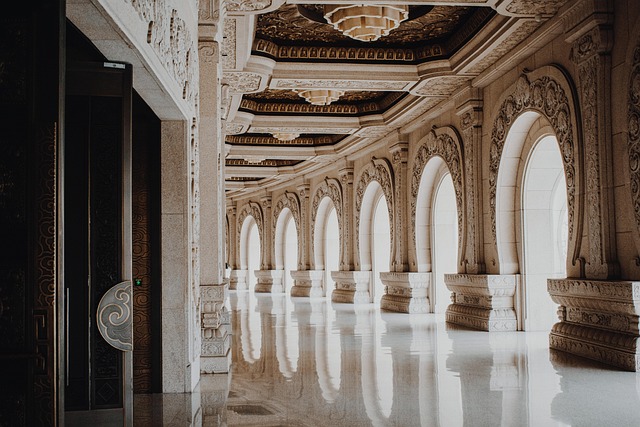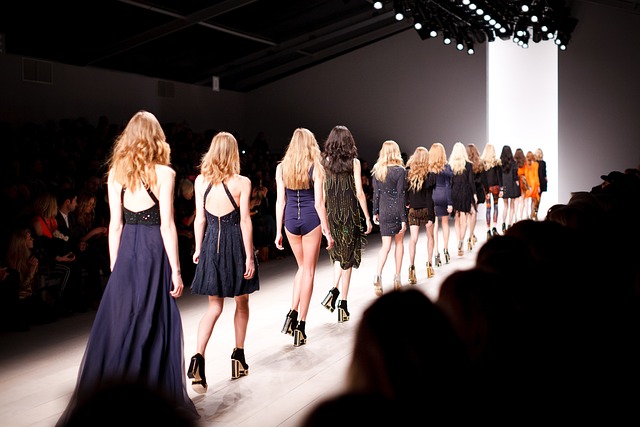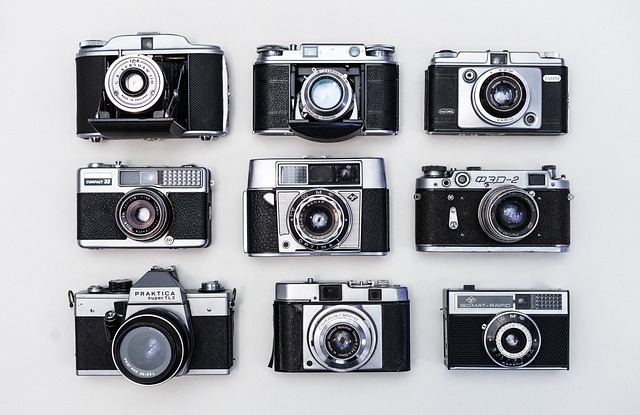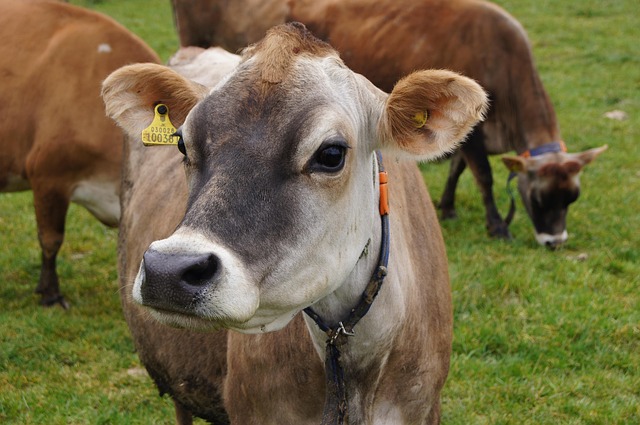Exploring the Timeless Elegance of Fashion: A Historical Journey
Fashion is much more than mere fabric and stitches; it is an art form, a reflection of culture and identity, and a journey through time. The fashion history tells a tale that transcends generations, embodying emotions, societal shifts, and the evolution of human creativity.
The Ancient Threads of Time
Let’s take a step back to the ancient civilizations where fashion began as a necessity. In ancient Egypt, garments were made from linen and adorned with vibrant colors that symbolized status. The use of jewelry in Egypt showcased not just beauty but wealth, while the Greeks opted for flowing tunics that embraced the body’s natural silhouette, emphasizing grace and proportion. These early examples of fashion were not just about aesthetics; they represented cultural values and social hierarchies.
The Renaissance: A Flourishing Era
The Renaissance marked a pivotal moment in fashion history when clothing became a canvas for artistry and expression. Tailors emerged as the new artists, capable of creating extraordinary garments adorned with embroidery and rich fabrics. The flourishing of trade brought new materials and inspirations, and clothing began to reflect individual personalities rather than merely societal roles. The opulence of attire at this time was a statement of wealth and intellect, indicating the wearer’s place in a rapidly growing society.
The Industrial Revolution: A Shift in Accessibility
As we fast forward to the Industrial Revolution, the dynamics of fashion transformed dramatically. The invention of the sewing machine and the rise of factories made clothing more accessible to the masses. Fashion journalism began to take root through magazines and illustrations, allowing trends to spread like wildfire. This era birthed a new breed of fashion influencers and set the stage for the ever-evolving world of modern fashion.
The 20th Century: A Canvas for Individual Expression
The 20th century witnessed an explosion of styles, from the flapper dresses of the Roaring Twenties to the rebellious spirit of the punk movement in the 1970s. Clothing became a form of protest and a means of expressing one’s beliefs and identity. Icons like Coco Chanel and Christian Dior redefined femininity, while others like Yves Saint Laurent broke down gender barriers in fashion.
Fashion in the Modern Era
Today, fashion continues to evolve, with technology playing a significant role in its future. Sustainability, inclusivity, and the deconstruction of traditional norms are shaping a new narrative. The rise of social media platforms has democratized fashion, allowing individuals from all walks of life to become trendsetters and redefine what elegance looks like in today’s world.
Through this journey in fashion history, we find that each era reflects the hopes, dreams, and challenges of its time. Fashion remains a powerful language – a connection between our past and present, allowing us to express who we are and who we aspire to be. So as we explore the timeless elegance of fashion, let’s celebrate its ability to inspire, captivate, and transport us through the ages.




